Explore the surprising world of famous landmarks that defy expectations with their smaller-than-expected scale. From iconic structures to historical sites, these attractions may not tower over the landscape but leave an indelible mark on travelers nonetheless. Discover the charm and intricacies of these diminutive wonders that prove size isn’t everything when it comes to leaving a lasting impression.
Big Ben, UK

Despite its name, Big Ben, officially known as the Elizabeth Tower, is smaller than many assume. The tower itself stands at 96 meters (315 feet) tall, and the clock face is a modest 7 meters (23 feet) in diameter. While its chimes are renowned worldwide, the physical size of the tower may surprise visitors expecting a colossal structure.
Statue of Liberty, USA

The Statue of Liberty in New York City is a symbol of freedom and democracy, yet its size can be deceiving. The statue itself stands at 46 meters (151 feet) tall, with the pedestal adding another 47 meters (154 feet). While it’s an imposing figure, the actual scale might appear smaller in person, especially from a distance.
Taj Mahal, India
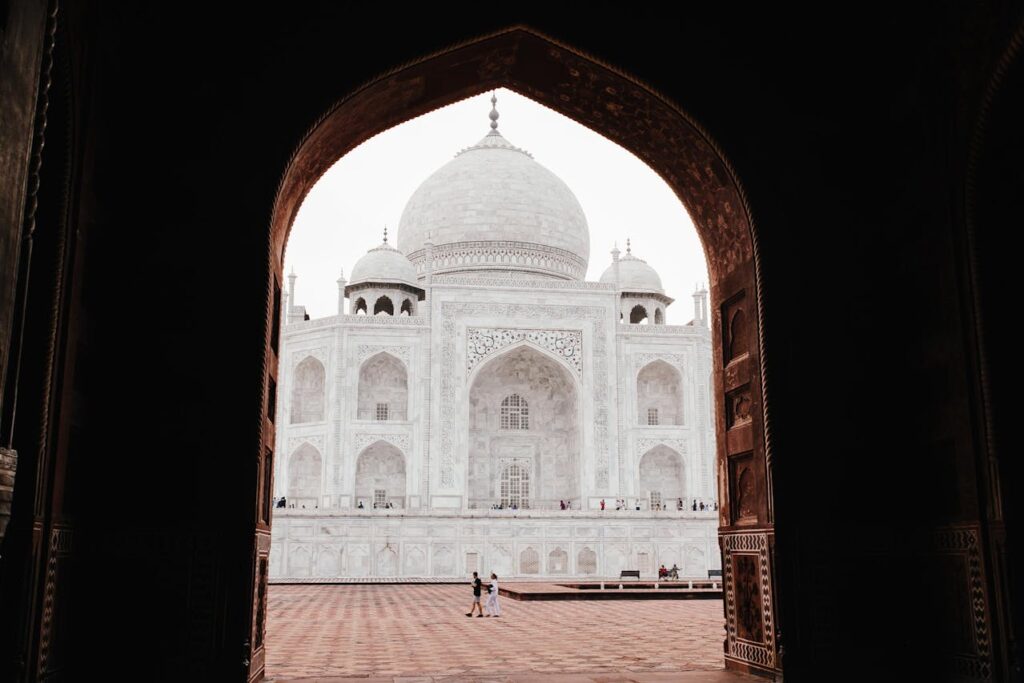
The Taj Mahal’s grandeur is undeniable, but its size may be smaller than anticipated when viewed up close. The main mausoleum stands at about 73 meters (240 feet) tall, with the entire complex covering approximately 17 hectares (42 acres). While the intricacy of its marble architecture is breathtaking, the physical scale may surprise visitors expecting a larger monument.
Christ the Redeemer, Brazil

The iconic Christ the Redeemer statue in Rio de Janeiro stands at 30 meters (98 feet) tall, with its outstretched arms spanning 28 meters (92 feet) wide. While its location atop the Corcovado mountain provides a commanding view, the statue’s actual size may seem smaller when seen in person, especially against the vast cityscape below.
Sydney Opera House, Australia
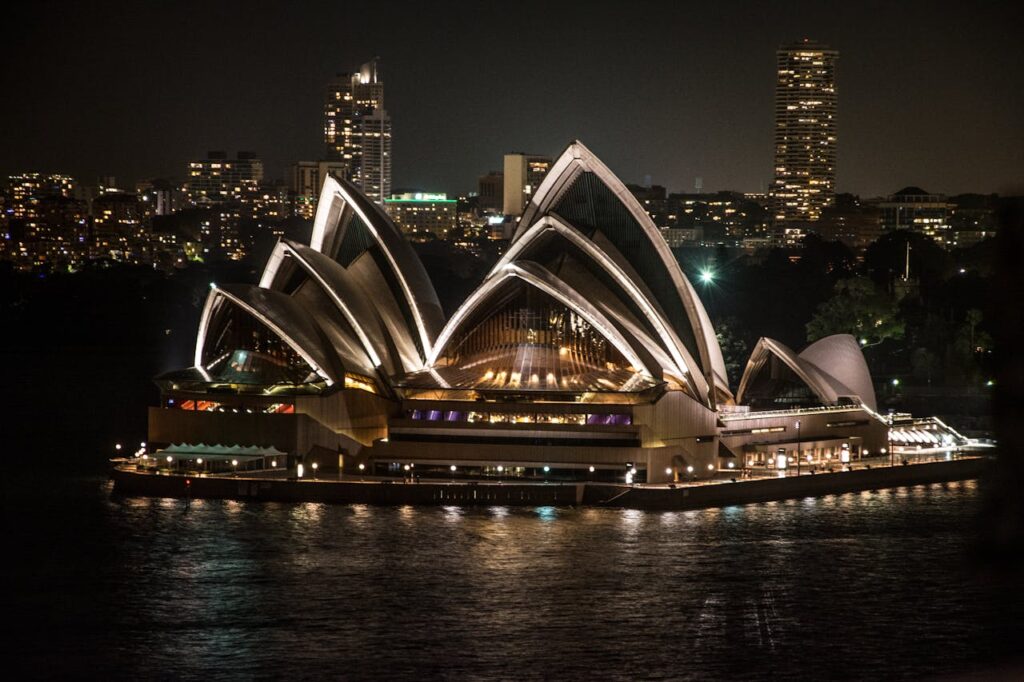
The Sydney Opera House is renowned for its distinctive architecture, but its size might be smaller than imagined. The tallest roof point reaches 65 meters (213 feet) above sea level, and the entire complex covers 1.8 hectares (4.5 acres). Despite its iconic status, visitors might find its physical dimensions more compact than expected.
The Great Wall of China

While the Great Wall of China spans thousands of kilometers, individual sections may seem smaller when visited. The wall’s height varies but typically ranges from 5 to 8 meters (16 to 26 feet), with a width sufficient for several people to walk abreast. While its historical significance is immense, the scale of each section can surprise visitors expecting a towering structure throughout.
The Parthenon, Greece

The Parthenon, a symbol of ancient Greek civilization, stands on the Acropolis in Athens. Its columns reach about 10.4 meters (34 feet) in height, supporting a roof that rises to approximately 14 meters (46 feet). While its historical and architectural importance is substantial, the actual size of the temple may be smaller than anticipated, especially compared to modern buildings.
Mount Rushmore, USA

Mount Rushmore’s presidential sculptures are iconic, yet the faces themselves are smaller than many realize. Each face of Washington, Jefferson, Roosevelt, and Lincoln measures about 18 meters (60 feet) from chin to top of the head. While the mountain setting adds to their grandeur, the scale of the sculptures may surprise visitors expecting larger figures.
The Kremlin, Russia

Moscow’s Kremlin complex is rich in history and culture, but its physical size may seem smaller to visitors. The walls of the Kremlin are around 2,235 meters (7,332 feet) long, enclosing an area of about 27 hectares (67 acres). While its architectural significance is vast, the compactness of the complex may be unexpected.
The Alhambra, Spain
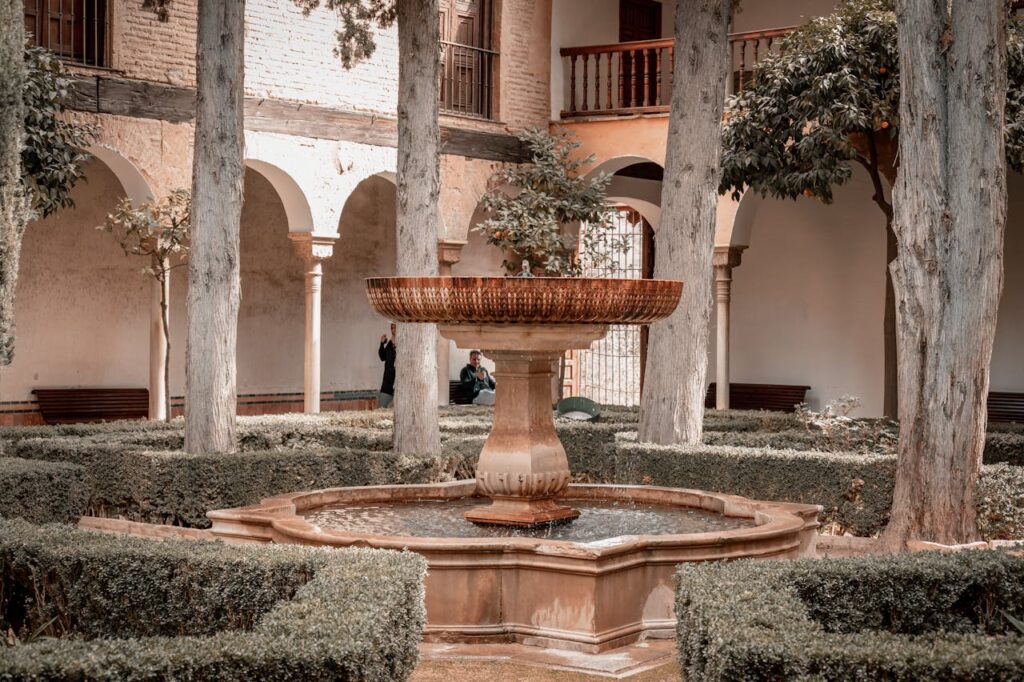
The Alhambra in Granada, Spain, is a UNESCO World Heritage Site renowned for its Moorish architecture, yet its size might be smaller than imagined. The Nasrid Palaces, the most famous part of the complex, cover an area of about 6,000 square meters (64,600 square feet). While its beauty and historical importance are undeniable, the actual size of the palaces may surprise visitors expecting a larger complex.
Petra, Jordan
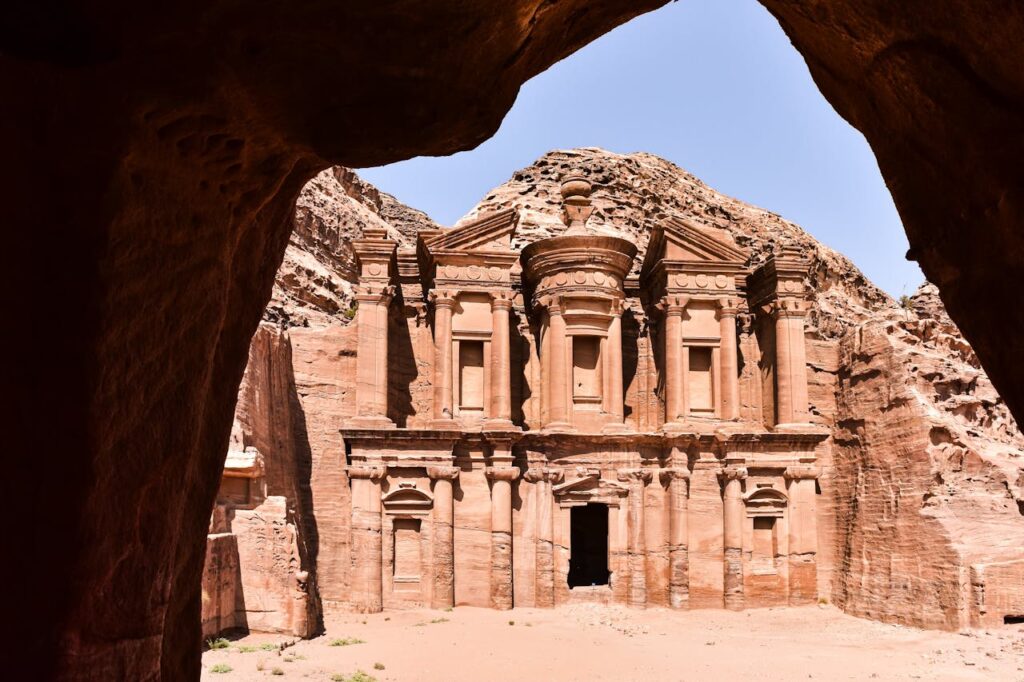
Petra, an ancient city carved into rose-red cliffs, is a marvel of engineering and history, but its size can be deceiving. The Treasury, one of Petra’s most iconic structures, stands at approximately 40 meters (130 feet) tall. While its facade is intricate and awe-inspiring, the physical scale of the Treasury may seem smaller in person, especially against the vastness of the surrounding landscape.
The Colosseum, Italy
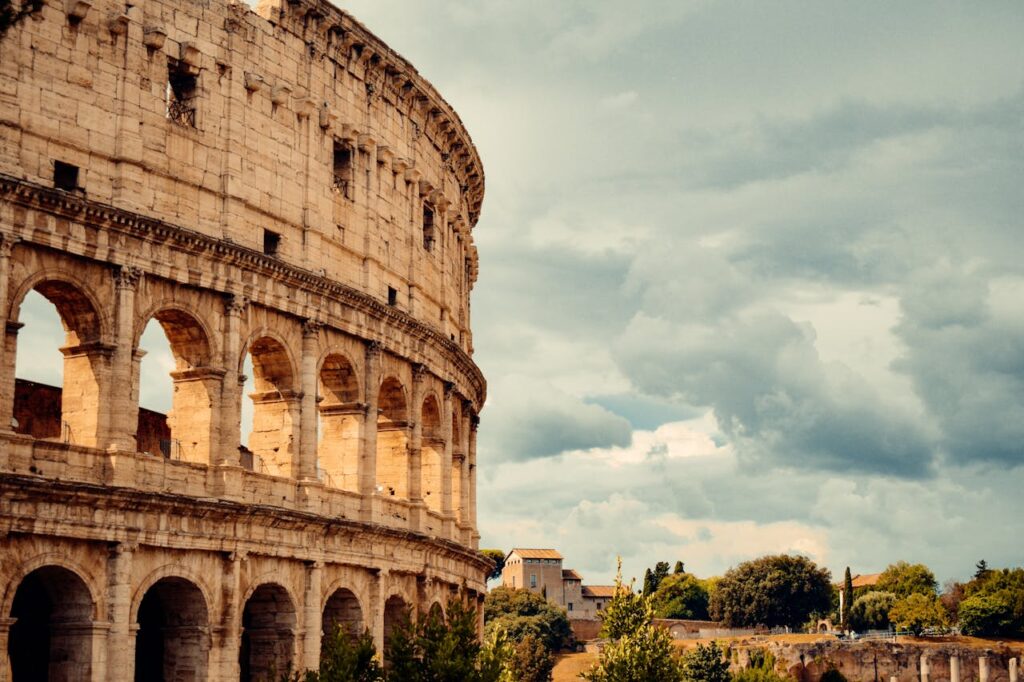
The Colosseum in Rome is an iconic symbol of ancient Roman engineering, yet its actual size may surprise visitors. The amphitheater stands at about 48 meters (157 feet) tall, with a length of approximately 189 meters (620 feet). While its historical significance and architectural grandeur are undeniable, the scale of the Colosseum may appear smaller than expected when visited.
The Pyramids of Giza, Egypt
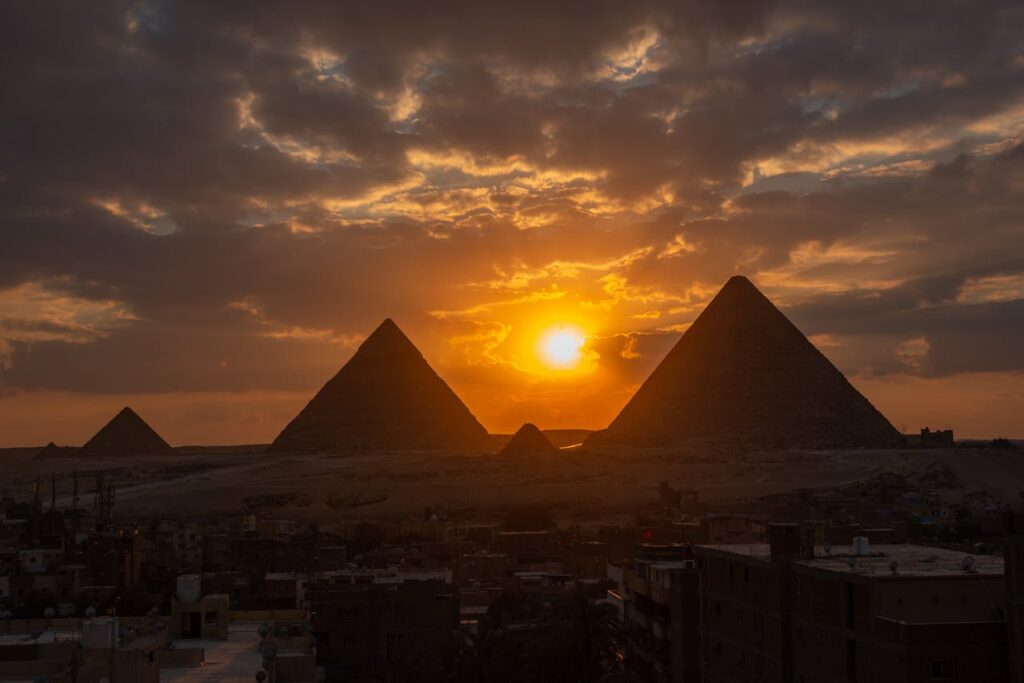
The Pyramids of Giza are monumental structures, but their size can still be surprising when seen up close. The Great Pyramid, the largest of the three, stands at around 138 meters (455 feet) tall. While their historical and cultural significance is immense, the actual scale of the pyramids may seem smaller than anticipated, especially given their iconic status.
The Moai Statues, Easter Island
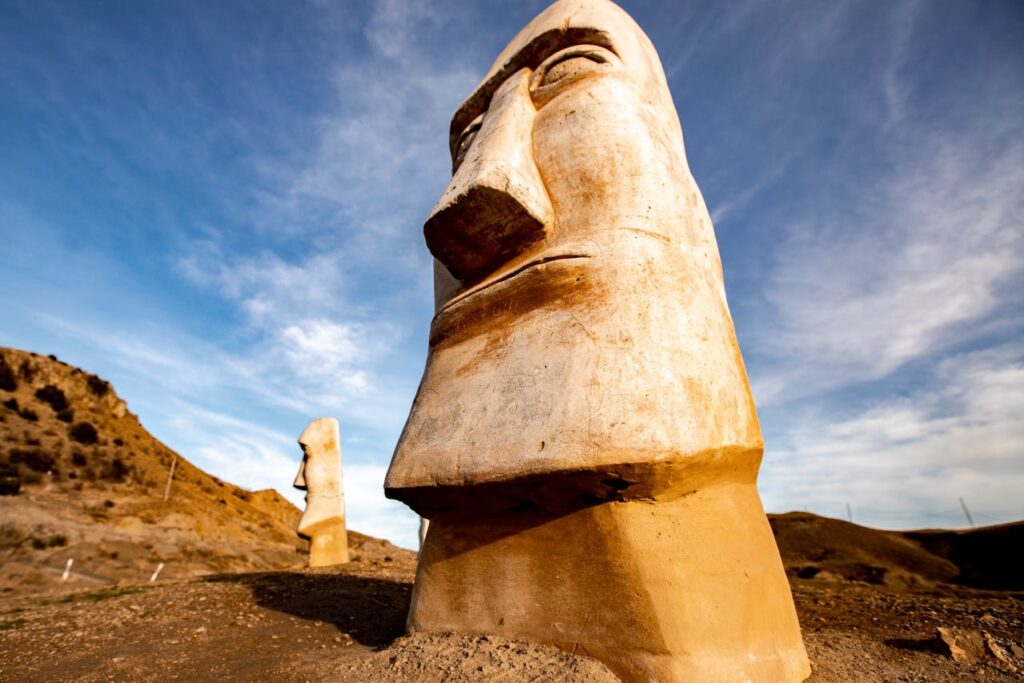
The Moai statues of Easter Island are iconic symbols of Polynesian culture, yet their size may be smaller than imagined. The tallest Moai statue, Paro, stands at about 10 meters (33 feet) tall. While their mysterious presence and cultural importance are undeniable, the actual scale of the Moai may surprise visitors expecting larger statues.
The Burj Khalifa, UAE
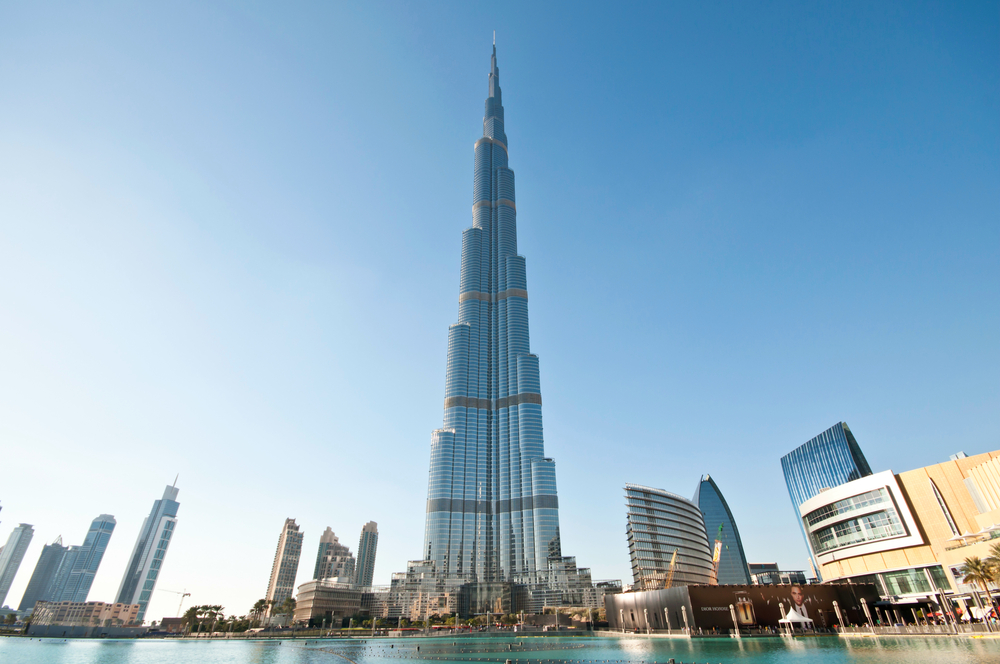
The Burj Khalifa in Dubai is the tallest building globally, yet its size can still be unexpected. The skyscraper stands at a staggering height of 828 meters (2,717 feet), with 163 floors. While its towering presence dominates the skyline, the actual scale of the Burj Khalifa may seem even larger in person than anticipated.
The CN Tower, Canada

Toronto’s CN Tower is an iconic landmark, yet its actual size may be smaller than expected. The tower stands at 553 meters (1,815 feet) tall, with a height that once made it the tallest freestanding structure in the world. While its observation deck and revolving restaurant offer stunning views, the physical scale of the CN Tower may surprise visitors expecting a larger structure.
The Machu Picchu, Peru
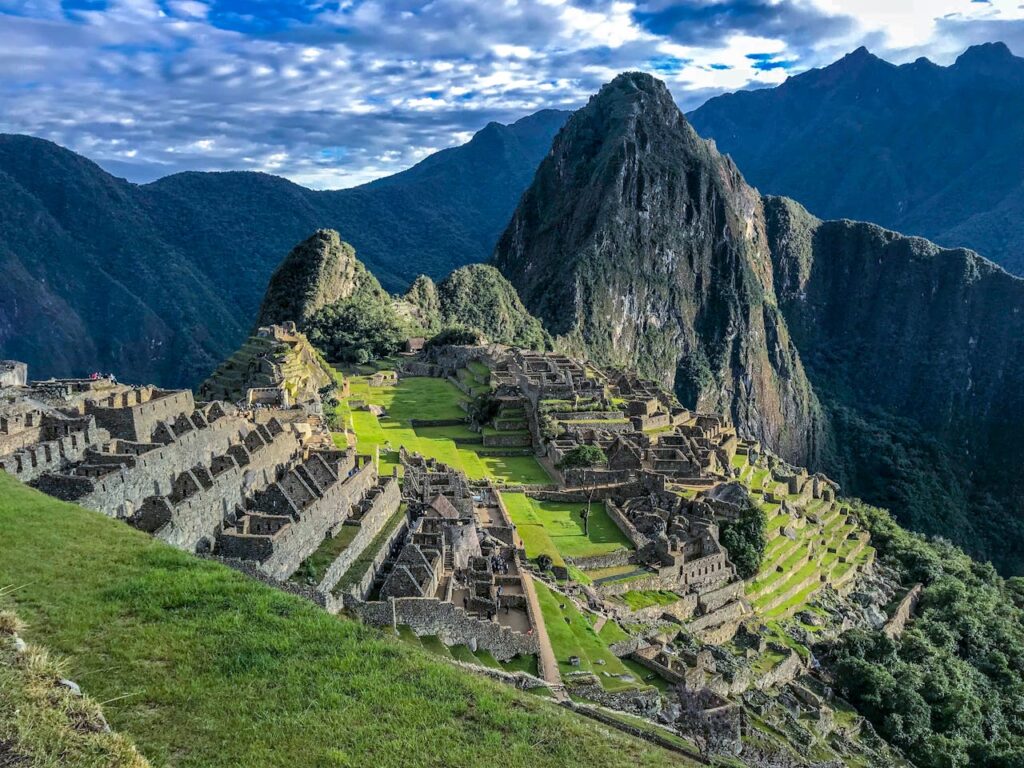
Machu Picchu, an ancient Incan city in Peru, is a UNESCO World Heritage Site, yet its size might be smaller than imagined. The entire site covers an area of about 13 square kilometers (5 square miles), with the main structures like the Temple of the Sun and the Intihuatana Stone showcasing Incan architecture. While its historical and cultural significance is immense, the physical scale of Machu Picchu may surprise visitors expecting a larger complex.
The Little Mermaid Statue, Denmark
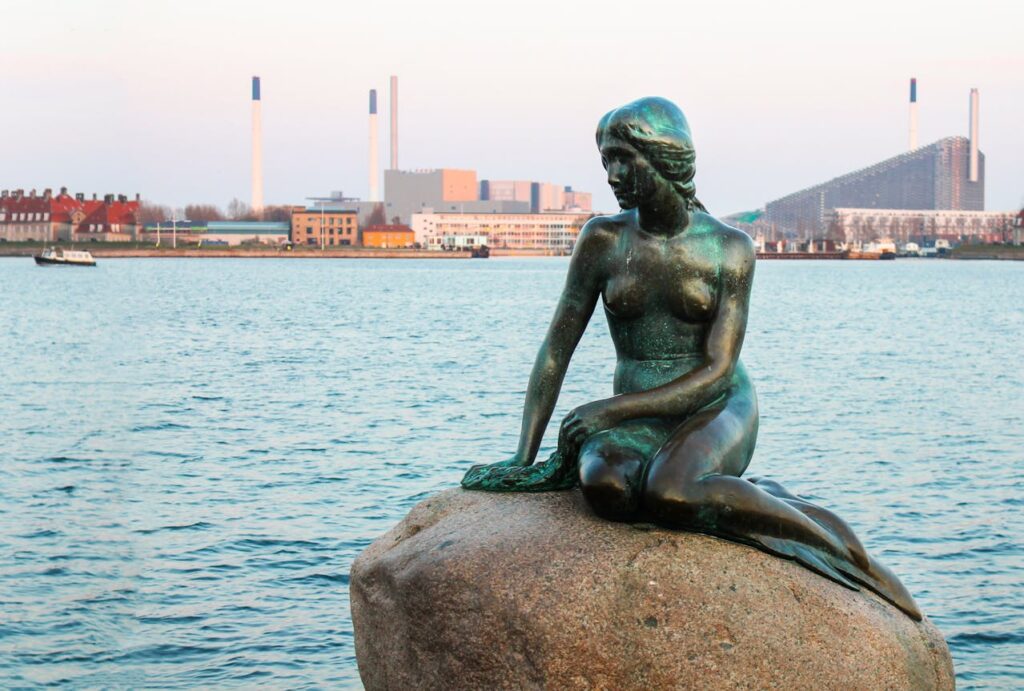
Copenhagen’s Little Mermaid statue is a petite yet beloved landmark that may surprise visitors with its small size. The statue, inspired by Hans Christian Andersen’s fairy tale, stands at just 1.25 meters (4.1 feet) tall and weighs 175 kilograms (385 pounds). Perched on a rock by the waterside, the statue captures the enchanting essence of the mermaid character. Despite its modest dimensions, the Little Mermaid has become an iconic symbol of Copenhagen, attracting countless visitors who admire its charm and artistic significance.
The Hollywood Sign, USA

The Hollywood Sign in Los Angeles is an iconic symbol of the entertainment industry, yet its actual size may be smaller than expected. The letters of the sign stand at about 14 meters (45 feet) tall, with a width that varies depending on the letter. While its fame is widespread, the physical scale of the Hollywood Sign may surprise visitors seeing it up close.
The Great Sphinx of Giza, Egypt
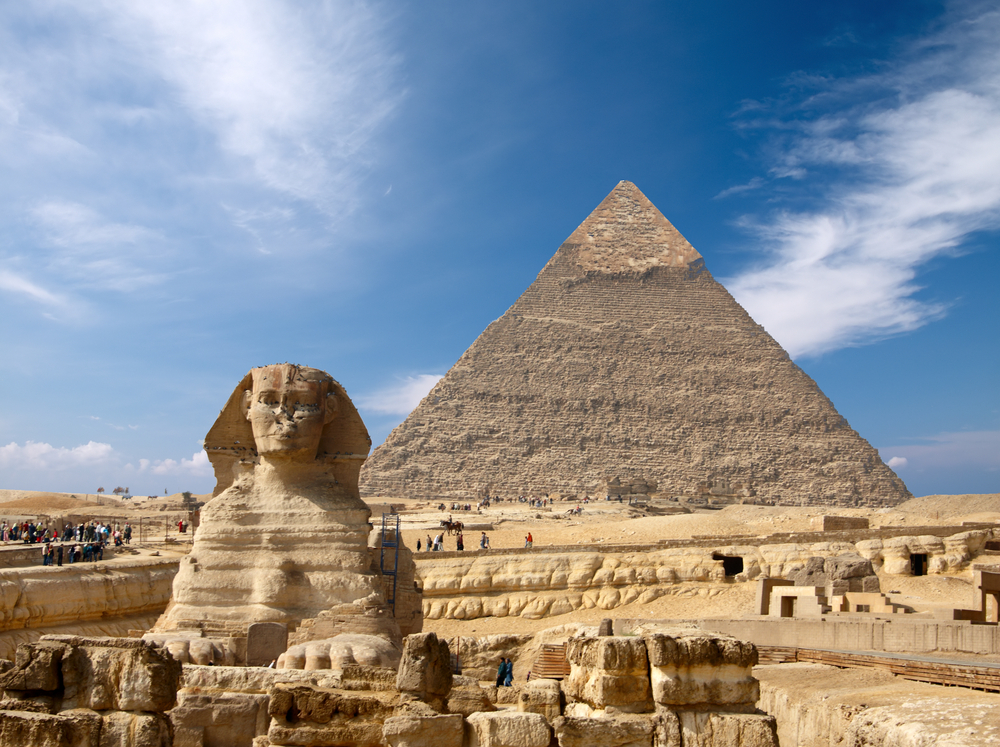
The Great Sphinx of Giza is an iconic symbol of ancient Egypt, yet its actual size may be smaller than imagined. The Sphinx measures about 73 meters (240 feet) long and 20 meters (66 feet) tall, with the body of a lion and the head of a pharaoh. While its enigmatic presence is undeniable, the physical scale of the Great Sphinx may surprise visitors expecting a larger monument.
The Leaning Tower of Pisa, Italy
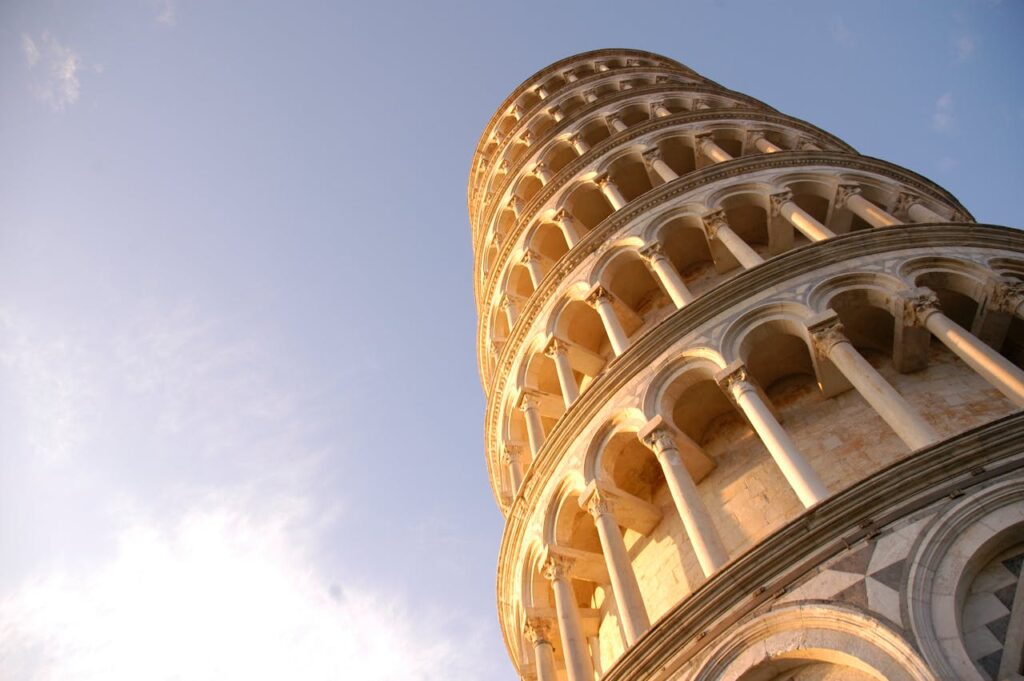
The Leaning Tower of Pisa is an iconic bell tower, yet its actual size may be smaller than expected. The tower stands at about 56 meters (183 feet) tall, with a lean of approximately 4 degrees. While its unintended tilt adds to its charm, the physical scale of the Leaning Tower may surprise visitors expecting a larger structure.
This article originally appeared on UnifyCosmos.
More from UnifyCosmos
21 Top Gardening Tools for Green Thumbs

This article highlights 21 essential gardening tools, ranging from classic implements to modern innovations. These tools are indispensable for maintaining the health and aesthetics of diverse garden types. Read more!
17 Unusual Meat Dishes and Where They Come From

This article delves into the fascinating stories behind these unconventional meat dishes and the places they come from, offering a glimpse into the adventurous side of global gastronomy. Read more!
23 Classic Sandwiches from Different Cultures

Sandwiches are a beloved culinary staple around the world, offering a perfect blend of convenience and flavor. Each culture has its own unique take on this versatile dish, reflecting local ingredients, traditions, and tastes. Read more!
Leave a Reply